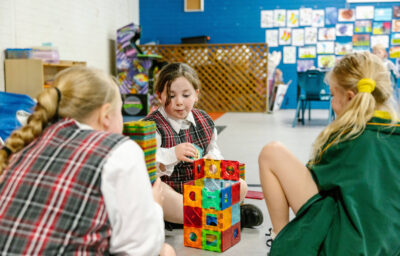
Children with hearing disabilities often fail to pick up on nuances in other people’s emotional responses. As a result, they do not always understand what is going on.
Yung-Ting Tsou, a PhD student at Leiden University, found that having more knowledge of emotions and social conventions can help them in their everyday interactions.
Children who are deaf or hard of hearing live in a predominantly listening environment and often miss crucial information in their contact with others. As a result, many of these children have fewer opportunities to participate in social interactions and their social encounters are also of a ‘lower quality’, says Tsou. This prevents them from learning more about emotions and social conventions. To gain a better understanding of this problem, Tsou investigated how pre-school children – with and without hearing disabilities – interpret social interactions and how they react to other people’s emotions.
Tsou carried out the research in collaboration with the LUMC and the Chang-Gung Memorial Hospital in Taiwan. She gave both groups of children behavioural tasks to complete; she observed their reactions and asked the parents to fill in questionnaires. In simple social interactions, children with hearing disabilities performed more or less as well as their peers without hearing loss. However, they found tasks that required a certain level of knowledge about social interactions much more difficult; for example, understanding the emotions triggered in a social situation and reacting appropriately to other people’s emotions. In many cases, the children lacked this knowledge.
Tsou investigated how children process verbal and non-verbal information and how they respond physiologically to other people’s emotions. Using eye-tracking, she found that children who are deaf or hard of hearing primarily rely on their own visual coding strategy. In social situations, they tend to look for explicit, visual cues such as eye expressions or the posture of those with whom they are interacting.








